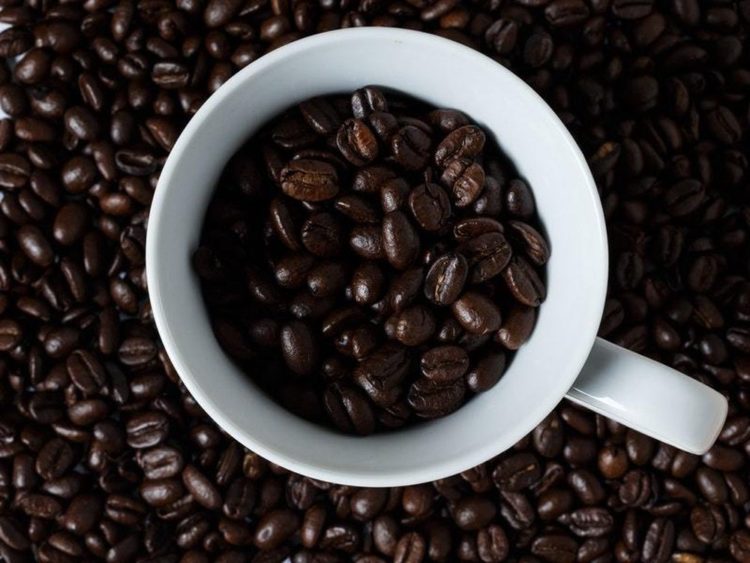By Chris Williamson-
Coffee lovers are being conned by suppliers fraudulently mixing inferior beans into products labelled 100% Arabica, scientists have learned.
The discovery that the beans mixed in coffee appears to be far from the impression givem, came to light after highly qualified British researchers undertook an adventurous search for a new and more accurate method of testing coffee quality. Members of the team and collaborators from around the world bought samples of coffee on sale at various shops and supermarkets.
Arabica coffee trades at twice the price of Robusta because of its superior taste.
The mix with Robusta coffee, which is easier to grow, has always been long considered a potential problem. However, identifying rogue Robusta in a sample labelled Arabica can be tasky, especially after grinding and roasting.
The standard technique detects the fingerprint chemical 16-OMC, which is only found in Robusta coffee, but i takes three days, in addition to its high cost. This inevitably undermines the practicality of the large scale surveillance.
The new method takes only 30 minutes and is sensitive enough to detect just 1% Robusta in a blended coffee. Lead scientist Dr Kate Kemsley, from the Quadram Institute, formerly known as the Institute of Food Research, said: “This is an important milestone for detecting fraud in coffee, as 1% is the generally accepted cut-off between trace contamination, which might be accidental, and more deliberate adulteration for economic gain.”
The study included a total of 60 different coffee samples were purchased in consumer countries around the world, including 22 from the UK.
All of the samples were tested for 16-OMC using the new nuclear magnetic resonance (NMR) technique, which employs radio waves and strong magnetic fields to obtain detailed information about a substance’s molecular composition.
Lead scientist Dr Kate Kemsley, from the Quadram Institute, formerly known as the Institute of Food Research, said: “This is an important milestone for detecting fraud in coffee, as 1% is the generally accepted cut-off between trace contamination, which might be accidental, and more deliberate adulteration for economic gain.”
“It was immediately obvious using our test that there were several suspicious samples, producing results that were consistent with the presence of substantial amounts of Robusta – far more than would be expected through unavoidable contamination,” said Dr Kemsley.
Two of the samples flagged as “suspicious” were bought in the UK. One reportedly contained 1.6% Robusta, and the other contained 21.7%.
Other UK samples had notable levels of 16-OMC but fell below the “suspicious” threshold.
Suspicious samples were also obtained from the US, Italy, France and Estonia. One US sample was a third Robusta, despite being labelled 100% Arabica.
A spokesman for the Quadram Institute said it was not possible to name the brands involved.
The findings not only affect consumers, but also undermine efforts to ensure that smallholders in developing countries are paid a fair price for the coffee they grow, said the researchers.
The research, published in the journal Food Chemistry, was funded by the Biotechnology and Biological Sciences Research Council (BBSRC) and had no support from the coffee industry.
Giles Chapman, head of intelligence at the Food Standards Agency’s National Food Crime Unit, said: “We’re always keen to understand how scientific advances expand the range of tools which can be used to validate the authenticity of food products sold to UK consumers.
“This piece of work has generated some interesting insights which we will be looking to explore further.”




